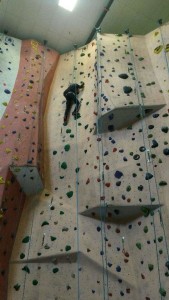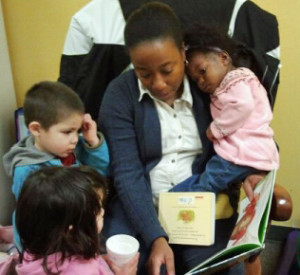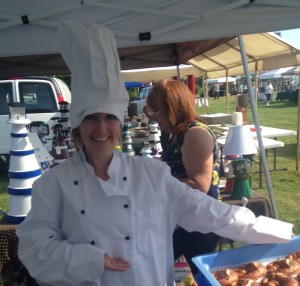 While working with children in the foster care system, it is important to have an understanding of their behavior. A lot of the behaviors that young people present are telling of the home life they had prior to being placed in care.
While working with children in the foster care system, it is important to have an understanding of their behavior. A lot of the behaviors that young people present are telling of the home life they had prior to being placed in care.
Since the 1960’s, there has been a lot of research on the theory of attachment, and how attachment patterns impact brain development. For example, if a child has a caregiver that is consistent in meeting their needs, the child is more likely to be able to regulate their emotions and be generally stress-free and safe. This is called a “secure attachment.” However, if a child experiences abuse or neglect from a caregiver, the child is then more likely to be stressed out and fearful, because their needs are not being met. This can be an “avoidant attachment” or “resistant/ambivalent attachment,” and in some cases, a “disorganized attachment.”
As many people can relate, not just children, whenever people become stressed out, to the point of being afraid, a number of physiological symptoms occur. The person may sweat a lot, heart rate increases, and the need to act, whether fight, flight, or freeze, is activated, particularly in high stress situations. This is a helpful biological survival tool for people who have normal brain development, however, for children who are always in that heightened state of arousal, those constant responses can be quite damaging to the brain.
The excessive rise of cortisol levels can impact the development of the frontal lobe. The constant inability of the caregiver to provide the child with safety and ways to get their needs met can impact the Amygdala, or the part of the brain that converts long and short term memories. Because the brain is a social organ, nurturing through healthy and responsive care giving will help regulate the brain and help the child form a secure attachment. Here are five ways to develop a bond with your adopted or biological child:
- Play and do activities together – children love to play and it develops their abilities and social skills. Engage in activities that you are interested in as well as activities they are interested in.
- Create routines – routines and structure give youth a sense of control and help them develop their sense of trust.
- Be flexible – make sure to be flexible to keep life interesting for kids and to empower them to use their voice and let you know what they are interested in doing.
- Be consistent and dependable – it is critically important that a young person knows they can rely on you and that you provide a safe and stable environment.
- Read – read to little kids and share one of your favorite books with an older kid to discuss later.
 As we recognize Black History Month and celebrate countless achievements by black Americans, our team at Hearts & Homes for Youth would like to share our top picks for books to read during Black History Month.
As we recognize Black History Month and celebrate countless achievements by black Americans, our team at Hearts & Homes for Youth would like to share our top picks for books to read during Black History Month.


 In celebration of Mental Health Awareness Week, we asked our youth at Harriet Tubman Emergency Shelter to give us some ideas on how to keep your cool in frustrating and stressful situations. Check out their tips!
In celebration of Mental Health Awareness Week, we asked our youth at Harriet Tubman Emergency Shelter to give us some ideas on how to keep your cool in frustrating and stressful situations. Check out their tips! For one week each May, the Mental Health Foundation campaigns around a specific theme for Mental Health Awareness Week.
For one week each May, the Mental Health Foundation campaigns around a specific theme for Mental Health Awareness Week. 
 Here is a recipe for some mild chili for you and your family to enjoy making together! It’s a recipe for quality family time with a tasty reward at the end!
Here is a recipe for some mild chili for you and your family to enjoy making together! It’s a recipe for quality family time with a tasty reward at the end! Ingredients
Ingredients